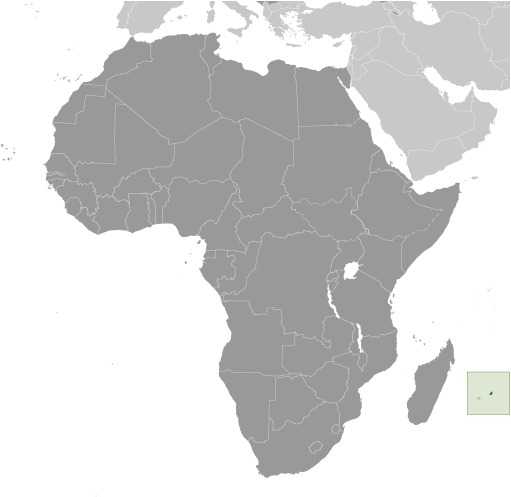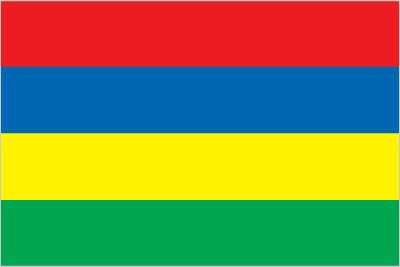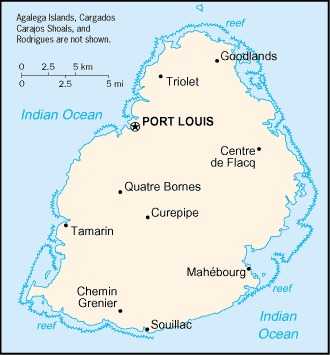Introduction
Background
Mauritius was uninhabited until 1638 when the Dutch established a settlement, and first France and then the UK controlled the island. Mauritius gained independence from the UK in 1968 and has remained a stable democracy.
Geography
Area
total : 2,040 sq km
land: 2,030 sq km
water: 10 sq km
Climate
tropical, modified by southeast trade winds; warm, dry winter (May to November); hot, wet, humid summer (November to May)
Natural resources
arable land, fish
People and Society
Population
total: 1,310,504
Ethnic groups
Indo-Mauritian (compose approximately two thirds of the total population), Creole, Sino-Mauritian, Franco-Mauritian
Languages
Creole 86.5%, Bhojpuri 5.3%, French 4.1%, two languages 1.4%, other 2.6% (includes English, one of the two official languages of the National Assembly, which is spoken by less than 1% of the population), unspecified 0.1% (2011 est.)
Religions
Hindu 48.5%, Roman Catholic 26.3%, Muslim 17.3%, other Christian 6.4%, other 0.6%, none 0.7%, unspecified 0.1% (2011 est.)
Population growth rate
0.07% (2024 est.)
Government
Government type
parliamentary republic
Capital
name: Port Louis
Executive branch
chief of state: President Prithvirajsing ROOPUN (since 2 December 2019)
head of government: Prime Minister Pravind JUGNAUTH (since 23 January 2017)
Legislative branch
summary: unicameral National Assembly (70 seats)
Diplomatic representation in the US
chief of mission: Ambassador Purmanund JHUGROO (since 7 July 2021)
Diplomatic representation from the US
chief of mission: Ambassador Henry V. JARDINE (since 22 February 2023); note - also accredited to Seychelles
Economy
Economic overview
upper middle-income Indian Ocean island economy; diversified portfolio; investing in maritime security; strong tourism sector decimated by COVID-19; expanding in information and financial services; environmentally fragile
Real GDP (purchasing power parity)
$33.53 billion (2023 est.)
$31.35 billion (2022 est.)
$28.793 billion (2021 est.)
Real GDP per capita
$26,600 (2023 est.)
$24,800 (2022 est.)
$22,700 (2021 est.)
Exports
$5.499 billion (2023 est.)
$5.004 billion (2022 est.)
$3.194 billion (2021 est.)
Exports - partners
Zimbabwe 11%, South Africa 11%, France 10%, Madagascar 8%, US 7% (2022)
Exports - commodities
garments, fish, raw sugar, fertilizers, diamonds (2022)
Imports
$8.038 billion (2023 est.)
$8.052 billion (2022 est.)
$6.057 billion (2021 est.)
Imports - partners
China 16%, South Africa 10%, UAE 9%, India 9%, Oman 8% (2022)
Imports - commodities
refined petroleum, coal, fish, cars, packaged medicine (2022)
Page last updated: Monday, September 09, 2024




